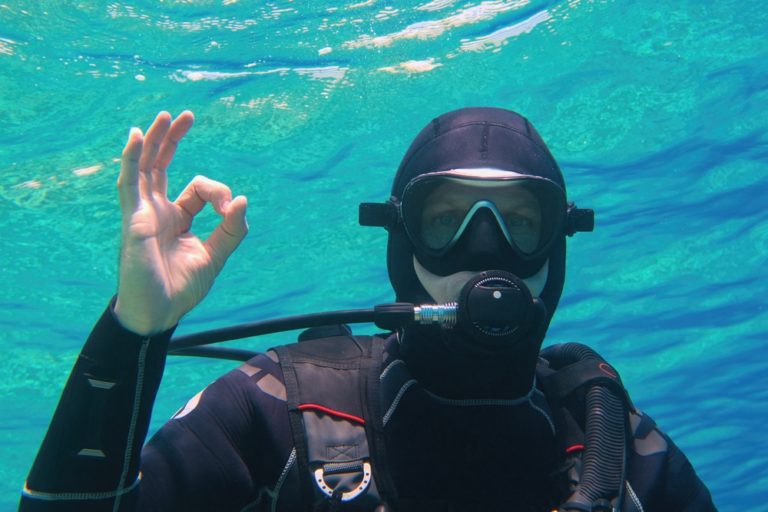Scuba diving is a relatively new sport that has taken off in popularity over the last few decades. As with any new activity, there are many intricacies that come into play when learning to scuba dive. One of these intricacies is hand signals.
These hand signals are similar to common gestures and are easy to learn. It is the second most important language for everybody interested in diving. Knowing these hand signals is necessary and should help you stay safe.
This blog post will go through 20 common hand signals used by divers and what they mean for you as a diver.
Table of Contents
I’m Okay

The fundamental “I’ “I’m” gesture is achieved by creating circles with the thumb and forefinger. Alternatively, for longer distances or low visibility communications, you can tell your crew that you are OK by holding a fist and hitting your heads together, extending or lifting your elbow. You can put both hands on your head in a large imitation of the letter O or a fist so that you can tell them “I’m OK” if the other person is unable to read your lips or hear you.
This gesture communicates that everything is okay and that there are no problems with the equipment.
Deco or decompression
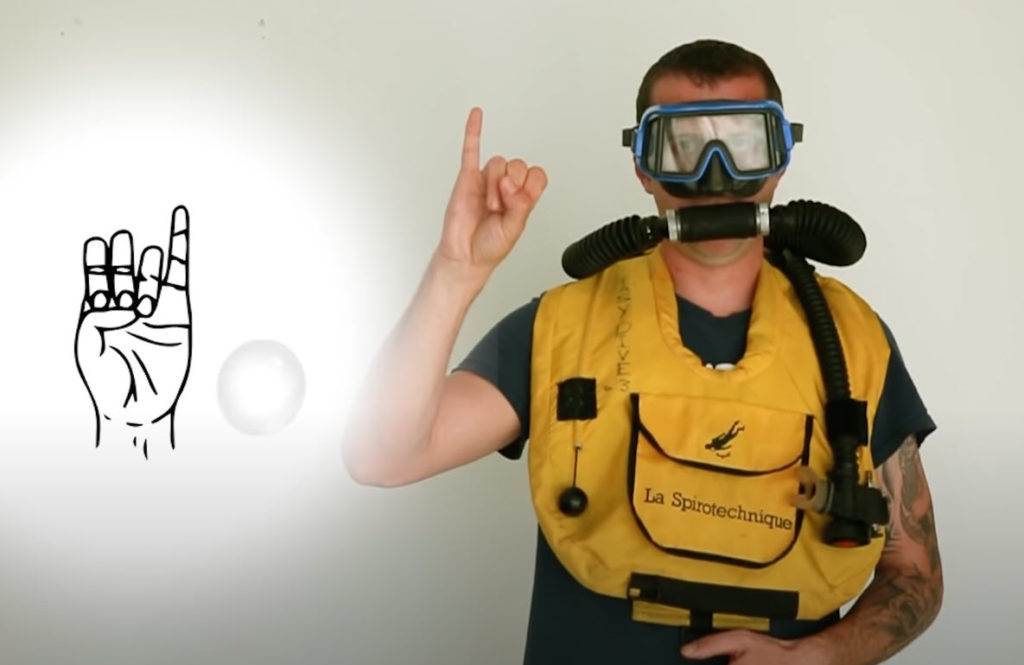
The decompression signal is often generated in one of two ways. Technical divers trained in decompression diving techniques use this signal to tell someone that their decompression stop occurs. Leisure divers should also understand this warning. This sign can be used in an unlikely event where a diver accidentally exceeds his no-compression limit after being rescued and must indicate whether he needs the help of a decompression station. Dives should always be prepared for emergency decompressive stops, and that is an excellent indication to prepare the diver to perform them correctly. The sign is used for recreational divers.
Not OK or problem.
The most common use of the ‘problem hand signal’ is to convey an audio equalizer problem. Before anyone enters the sea, all students must learn the ear problems sign. Divers communicate a matter with an extended round hand that is slowly rotated side to side, similar to how many people sound “so”/ too” f” r a normal conversation. A person communicating a problem underwater should therefore point to the origin of that problem with his fingers and hand.
Up/Ascend
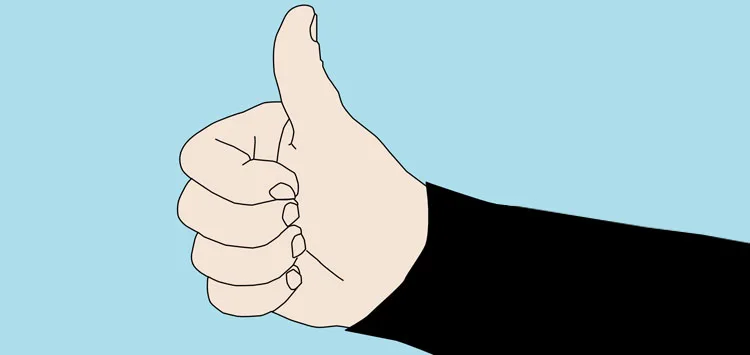
If you want to indicate that you will rise or climb, lift your thumb to give your divers a thumbs up with your hands. Gesture topside with the raised thumb or jerk downward to allow the diving guide a direct direction to take. A THUMBS UP DOES NOT MEAN THE SAME THING OVER WHAT as it does under the sea: the hand “OK” is something complete. Read on to learn to show your buddy you were well when you were underwater.
Down/Descend

If you want an indication that “go down” or “descending”, possible to use your thumb or hand and rotate your wrist inwards. A Thumb Down does not mean it is the same water depth as it does on the surface – the SOMETHING IS Wrong. Remember that a thumbs-down handshake can not always mean the same as finger down or thumbs-down at sea bed or sea. This stepping signal can be associated with another hand signal.
Stop
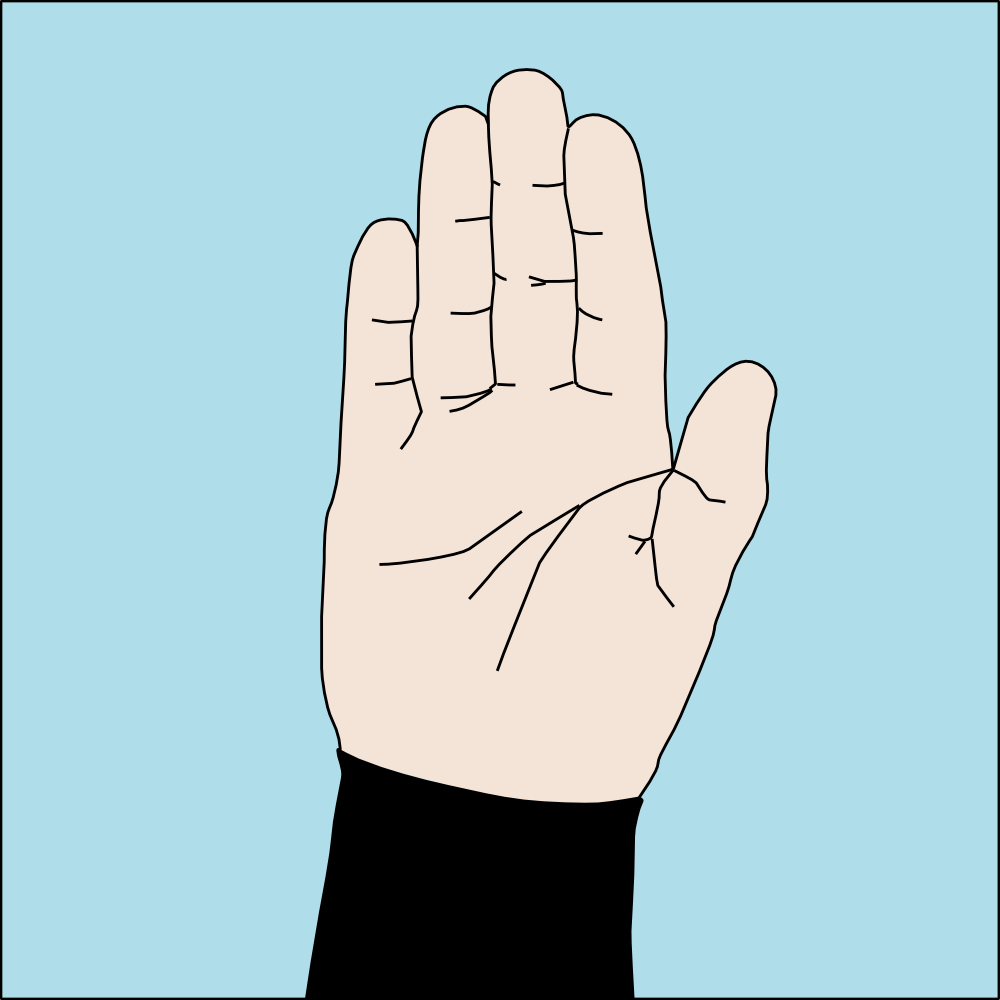
Divers communicate about their break in two different ways in a usual manner. The hold sign signals demand-response. Divers often communicate and share messages through the telephone. Upon receiving such a signal, divers should receive a sign saying to stand and wait for the desired moment. The movement is every day with recreational dives but Te.
The Bubbles or Leaks
To make the vibration of my “bubble” and signals close my fingertips quickly. You should then finish the dive and start a slow and controlled rise to the surface. The leaked signal signals have indicated that a diver has noticed the leaking in seals.
Low On Air
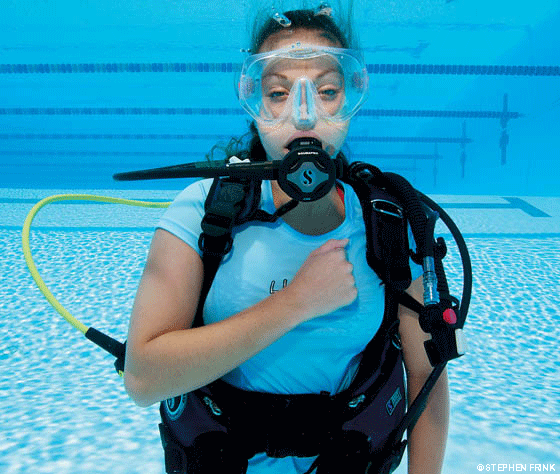
A common problem we hear we hear we hear we see is Low On Air. To make this sign, place your fist on your chest with your finger to close. As your air is running out, this signal can be used to direct your buddy to lead you to the nearest main station.
Out Of Air
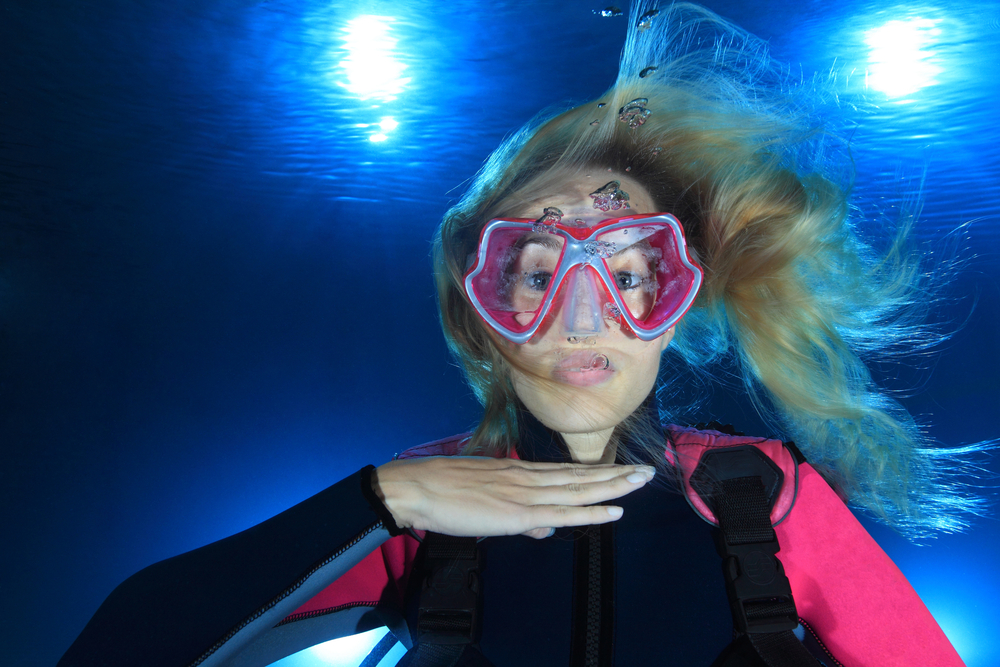
The sign of “Out of Air” is a common way to help a friend or a diver who has run out of air. To do this, move your hand down your throat and into a sharp cut-to-size move to indicate that the air supply shut down. This signal requires immediate response from the diver’s buddy, who should allow the diver to breathe from his alternate air source regulator while the two divers ascend together. The “out of air” notification is taught to all watercourses and their instructors so that students should also know how to respond to an air-related emergency.
I Am Cold

To sign that you are cold and you feel the cold hand in your fingers. Suppose anyone wants to know how hard their mouth is, then point at him before attempting this hand signal. Like the “OK” hand signal, the hand signal I am cold can have many meanings – both for an answer and questions. Extreme cold and hypothermia will develop easily if you don’t have a proper plan to deal with cold water. Use this sign to tell your dive instructor that your group shouldn’t lay their entry.
How Much Air You Have
Most divers would tell you they want to stay underwater longer. One of the significant factors involved is how much gas remains on the tanks. Thus, there is vital control in a sea of underwater air to maintain the air temperature we have to keep in our planned volume even if a space. Suppose our water temperature does exceed. The diver must make sure of this during the course.
Safety Stop
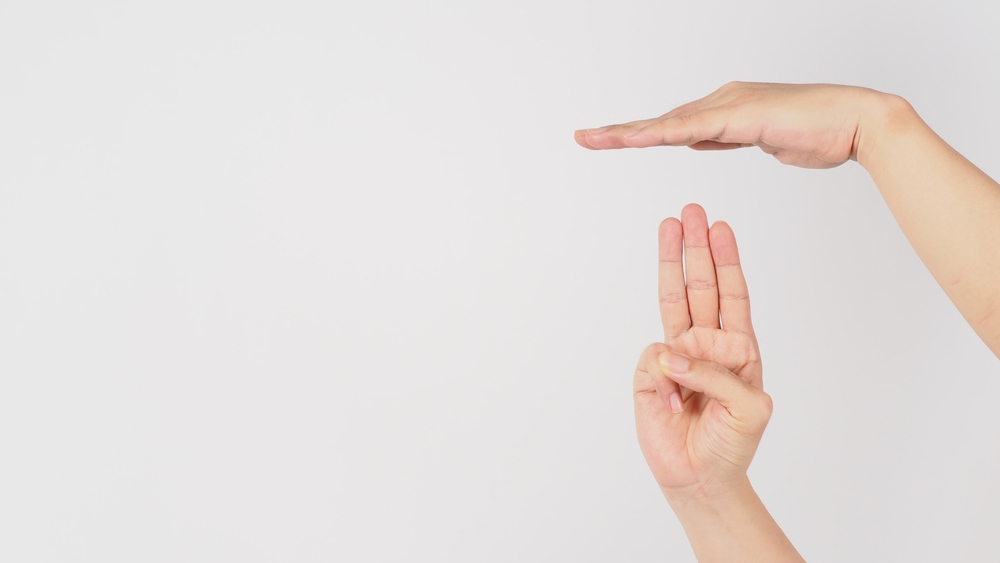
The warning signal for safe stopping is created, holding the sign for protection (top hand) over the position of three raised fingers. A diver indicates the levelling off period for 3 hours (minutes marked by the 3-hand fingers) which is the minimum recommended time for an emergency exit. The safety stop signal should be used at every dive to communicate within the crew that divers have reached the preset safety stop depth and agree to maintain that depth for a minimum of three minutes.
Which direction?
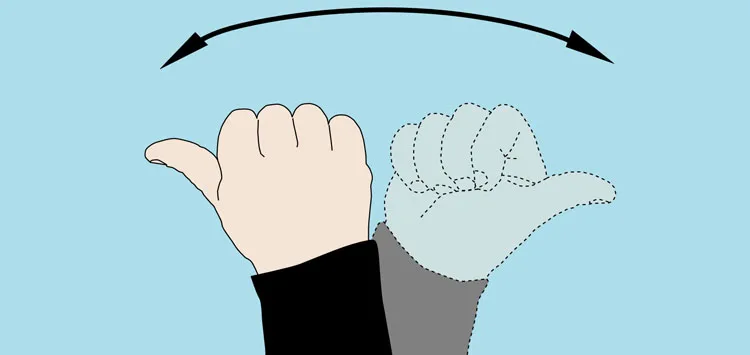
To eliminate confusion with other signals, directions are always illustrated with the whole hand. If a diver has looked over something with his index finger, you point and indicate he has the direction he wants the party to proceed. Remember that the words “up” and “down” are marked using an extended thumb. This was mentioned earlier. For more info on HOW to prevent a diver from going too low without gesturing “as “ending” or ending a dive refer to numbers 12, level off at this depth.”
Level Off
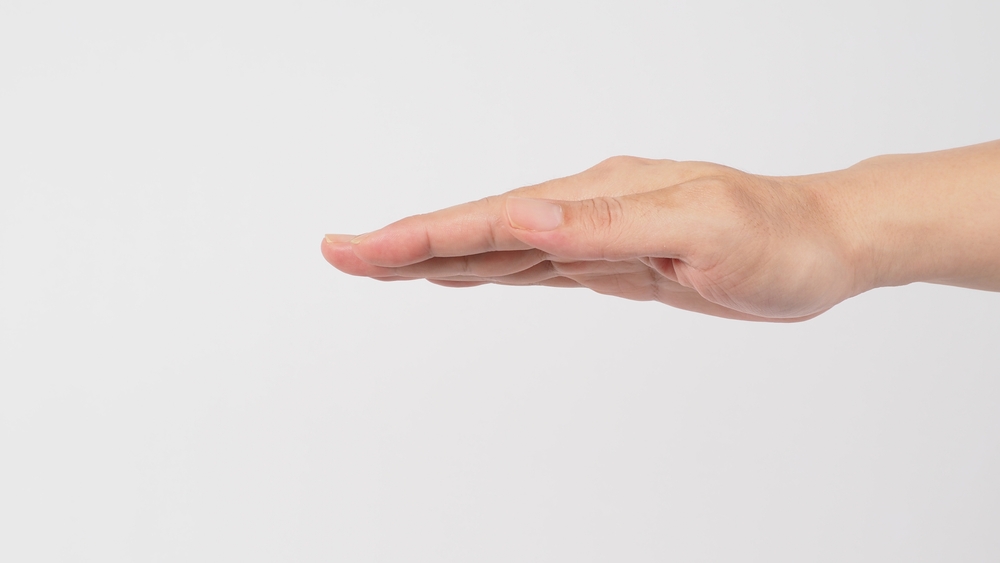
The “level off” hand signal is used to warn a diver to be at the current depth or stay at this depth. The most common way is to communicate that the divers have successfully reached the required maximal depth underwater. For the “Level Off” signal, extend a flat-handed hand holding palm up to the side and gradually move the hand side to side horizontally. F
Cramp Hand Signal
Cramping underwater is difficult as it can slow down your moving underwater. According to Dr. Ayalbo, it will be helpful for diving divers who are regularly swimming to prevent the risk of cramping when they dive. Simply giving your friend a Cramp signal will allow them to manage any problem underwater while remaining with your team. Keeping hydrated and correct weight can lower the risk of cramping during scuba diving and improve safety du.
Get with your buddy
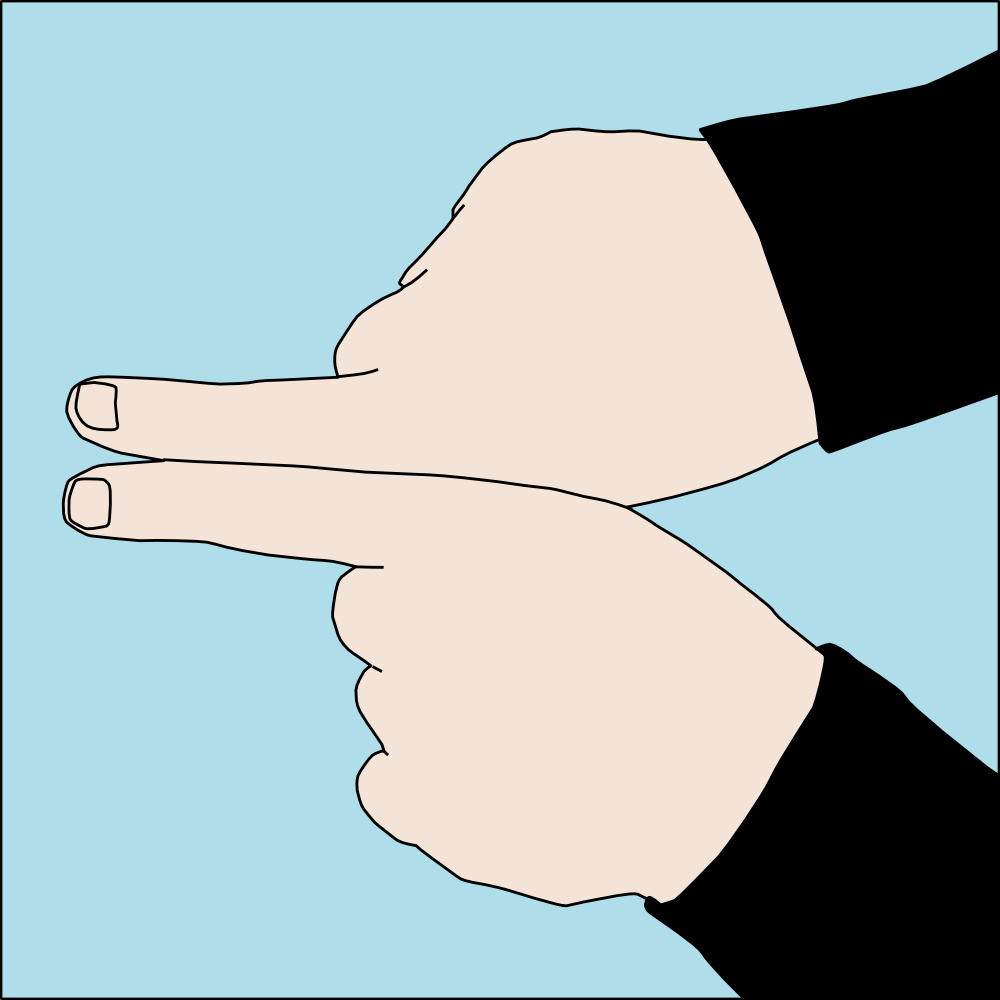
This hand signal is done by clenching the fist, extending both index fingers, and bringing the two hands together with extended index fingers at the head. It means that the diver at which it can be directed would get home with his buddy when he left too far from his companion, it is a great way to reduce and increase your risk and communicate with others and keep all divers safe. The signal is used often on its own but it is used to indicate that the diver moves away from the group or needs assistance.
Slow down.

The hand is flat in place and rotated downwards. It is used by instructors to encourage students to be slow in the water. Not only is swimming slow enough to make swimming more fun, but it is also used to help prevent hyperventilation and many other dangerous underwater habits. The slow down signal was an additional simple signal that all student divers learned before the first scuba dive let them slow down.
Come here.

The come here hand signals are the same signal used in everyday discussions. Extend your palm down and raise your fingers and bend up toward yourself.
Awesome
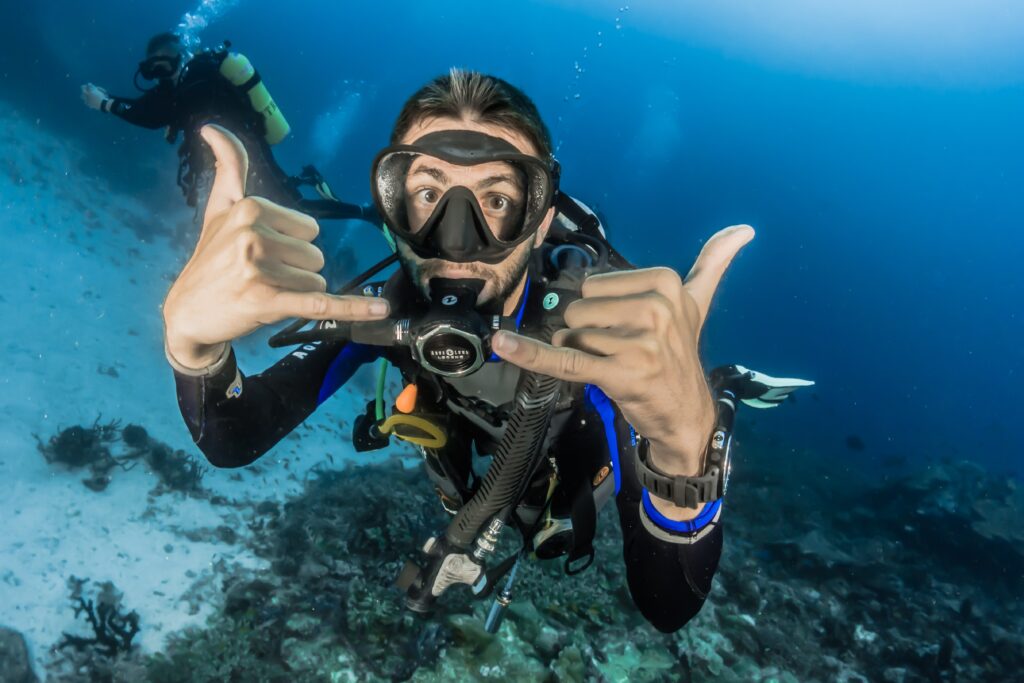
The signal is the same gesture, but with a twist of the pinkie finger. he Awesome hand signal is used for confirmation that everything is fine, divers are safe and all equipment works properly. It’s important to acknowledge yourself in any way when you’re diving because you can not see what’s going on around you and rely entirely on your senses.
Final Thoughts
Scuba diving is a fun and exciting activity that brings together many people from all over the world. Unfortunately, there are some risks associated with taking scuba lessons and these behaviors should be considered carefully to increase the safety of divers underwater. Make sure you know what signals to use when practicing with your friends who want to make scuba diving safer for everyone.

